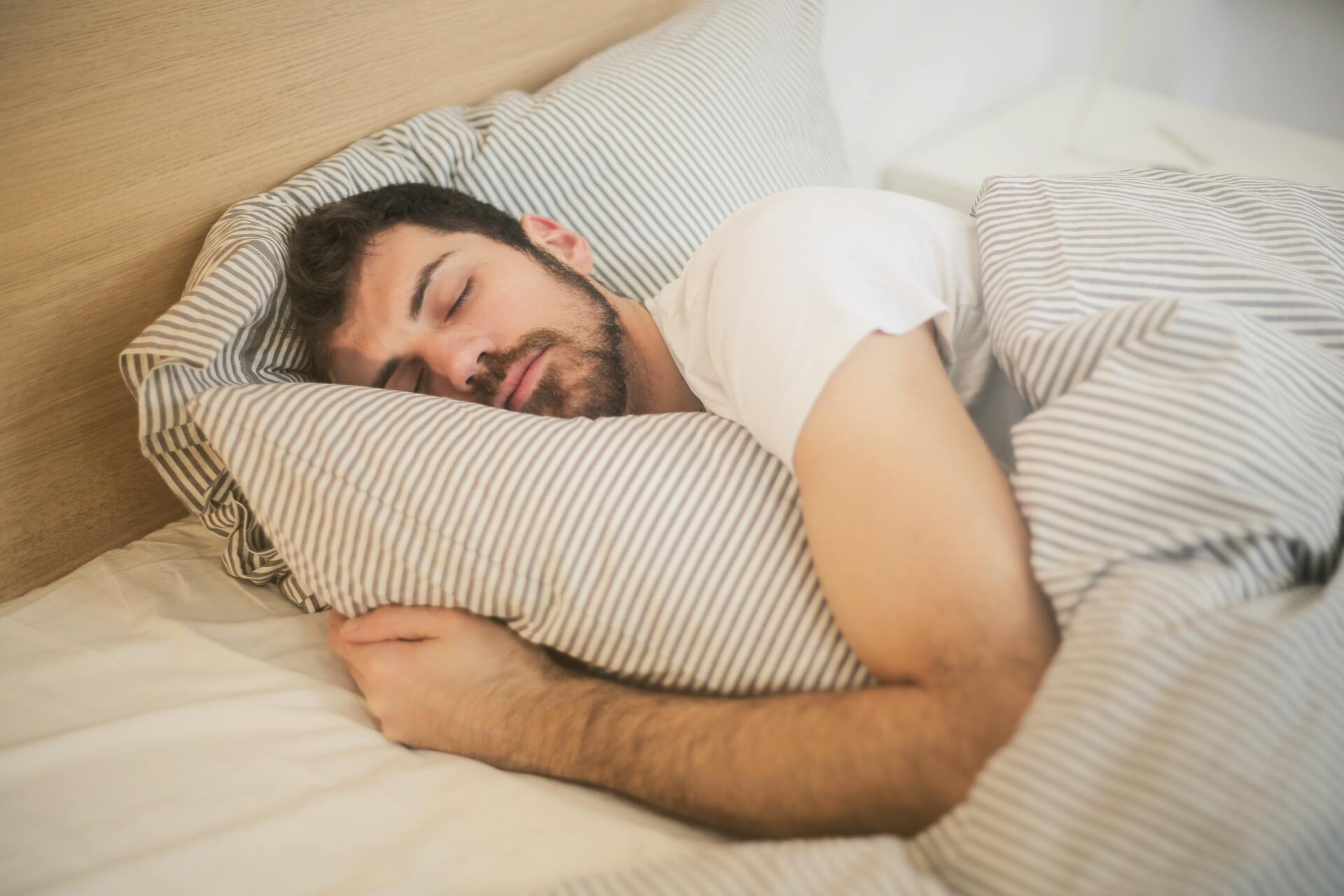Mental health and mental illness are often used interchangeably, but they are not the same. Just as everyone has physical health, we all have mental health. Not everyone will experience a mental illness, but most of us will struggle with mental health at some point in our lives.
Mental health refers to our mental well-being including our emotions, our thoughts, our social lives, and our understanding of the world around us. A mental illness is an illness that affects how an individual thinks, feels, and behaves, as well as how they interact with others. The symptoms of a mental illness can vary and can affect anyone regardless of age, gender, social class, religion, or race.
The lack of education around mental health and mental illness have made these concepts difficult to understand. Therefore, there are many beliefs surrounding mental illness that are simply not true. Here are 10 myths about mental illness:
Myth: Mental Illnesses Aren’t Real Illnesses
Fact: Our knowledge regarding mental health may be limited but one thing we do know is that mental illness is an illness, as real as cancer, diabetes, or heart disease. Mental illnesses create distress, do not go away on their own, and have effective treatments that are backed by research. Additionally, similar to physical illnesses, mental illness may be passed down through family or can be brought on by abnormal brain chemistry, substance use, or environmental factors. In Canada, $51 billion is spent annually on mental health care, with 30% being spent on Disability claims and 35% related to work disruption (Centre for Addictions and Mental Health, 2018).
Myth: Mental Illness is Just An Excuse for Bad Behaviour
Fact: Mental illness is exactly that: an illness that patients cannot help suffering from. Just because we do not see mental illness in the same way as a physical illness does not mean that it is not present. Some individuals who experience a mental illness may act in unexpected ways. However, we need to remember that this is the illness, not the person, who is behind this behaviour. No one chooses to experience a mental illness.
Myth: Individuals Don’t Recover from Mental Illness
Fact: While recovery from mental illness may be a long and challenging journey, recovery is entirely possible. There are many helpful treatments and services available to individuals experiencing mental illness. With the right kind of help, individuals can learn to manage their symptoms so that they can achieve their goals and lead productive and engaged lives. Some mental illnesses may require ongoing treatment; however, by learning to manage their symptoms and getting the support they need through treatment, people can learn to live their lives to the fullest.
Myth: Individuals with Mental Illness are Weak
Fact: A mental illness is not a character flaw. It is an illness that has nothing to do with being weak. Many studies show that individuals with mental illnesses have an average or above-average level of intelligence. Mental health has nothing to do with strength or weakness; it is a medical disorder that needs to be treated. Many factors contribute to mental health such as biological factors like brain chemistry or injury, life experiences, and family history. Additionally, individuals who experience mental illnesses may be skilled at managing some stressors as they have had to learn to cope with some of their stressors. Taking care of oneself and knowing when to ask for help is a sign of strength, not weakness.
Myth: Individuals with Mental Illnesses are Unable to Function
Fact: Individuals with mental illnesses are able to successfully hold down jobs and can be just as productive as other employees. In fact, your workplace is probably filled with individuals who have experienced a mental illness. Employers who have hired individuals with mental health problems report good attendance and punctuality, as well as good work ethic and motivation. Additionally, there are plenty of individuals with mental illnesses who continue to have great relationships with others and succeed in various fields.
Myth: Children Cannot Suffer from Mental Illness
Fact: 1 in 8 young people will experience a mental health problem. In fact, many mental illnesses first appear in childhood or adolescence, with half of all disorders showing signs before age 14 years. Although mental illnesses may look different in children than they do in adults, they still warrant concern. Unfortunately, many children do not receive the help that they need due to myths like this. Mental illness and associated problems are not a result of bad parenting although some parents, who are not receiving treatment for mental health illnesses, can behave in ways which may negatively affect their children. A combination of factors can lead to mental illness in children including negative events in childhood, school, genetics, and environmental factors. If your child has been diagnosed with a mental health condition or is exhibiting signs of one, check out our article
"My Child Has a Mental Health Diagnosis, Now What?" for more information.
Myth: People with Mental Illnesses are Dangerous
Fact: Most individuals with mental illnesses are not violent. In fact, individuals with a mental illness are more likely to be victims of violent crimes or discrimination. This false perception is what underlies some of the most damaging and stigmatizing stereotypes for individuals with mental illness.
Myth: Having a Mental Illness Means You are “Crazy”
Fact: While having a mental illness or mental health problem may alter your thinking or change your mood, it does not mean that you are “crazy”. Instead, it means you are vulnerable to feeling the effects of
stress and you may be struggling to cope with the stressors in your life. You may even be finding it difficult to cope or to function at your best. Seeking help for mental health problems is a sign of strength, not weakness.
Myth: Mental Illness is Rare
Fact: Mental health problems are extremely common. Research estimates that 1 in 5 Canadians will experience a mental health problem or mental illness in any given year (CMHA, 2017). Mental illness is not a single disease but rather a classification that contains many mental health problems such as
anxiety,
depression,
schizophrenia,
bipolar disorder,
personality disorders, eating disorders,
post traumatic stress disorder, and
attention deficit hyperactivity disorder. It’s very likely that you or someone close to you have been affected by mental illness.
Myth: There’s Nothing I Can Do to Help Someone with a Mental Illness
Fact: Friends and loved ones can have a very positive effect on an individual's mental state and their ability to seek treatment. Here’s a list of some of the things you can do to help:
- Listen if they want to talk
- Treat them with respect and dignity, the way we should treat everyone
- Ask how you can help them
- If they mentioned a specific condition or disorder, find out more about it
- Help them seek professional mental health services
- Reach out to let them know you are available
- Refuse to define them by their diagnosis(es) or using labels like “crazy”
These myths are only scratching the surface when it comes to the stigma that is associated with mental illness and mental health. It’s incredibly important that we continue to promote the truth that mental illnesses are very common, treatable, and do not make a person “crazy” or dangerous.
What other myths have you encountered?
Written By: Chantal Legere, M. Psy.
Edited/Reviewed by: Dr. Stacy Lekkos, C. Psych
References
American Academy of Family Physicians (2020, August 24). Mental Health Myths: Stop the Stigma. Retrieved from https://familydoctor.org/mental-health-myths-stop-stigma/
Can We Talk (n.d.). Myths about mental illness. Retrieved from
http://canwetalk.ca/about-mental-illness/myths-about-mental-illness/
Canadian Mental Health Association. (2017, September 26). Myths About Mental Illness. Retrieved from
https://cmha.ca/documents/myths-about-mental-illness
Canadian Mental Health Association: BC Division (2015). What's the difference between mental health and mental illness? Retrieved from
https://www.heretohelp.bc.ca/q-and-a/whats-the-difference-between-mental-health-and-mental-illness
Canadian Mental Health Association: Fort Frances Branch (n.d.). Myths & Causes. Retrieved from
https://www.cmhaff.ca/myths-causes
Centre for Addictions and Mental Health (2018). Common Myths about Mental Illness. Retrieved from
https://www.camh.ca/en/camh-news-and-stories/common-myths-about-mental-illness
Ross, S. L. (2019, October 1). Six Myths and Facts about Mental Illness. Retrieved from
https://www.nami.org/Blogs/NAMI-Blog/October-2019/Six-Myths-and-Facts-about-Mental-Illness
Time to Change. (2019, April 05). Myths and facts. Retrieved from
https://www.time-to-change.org.uk/about-mental-health/myths-facts













